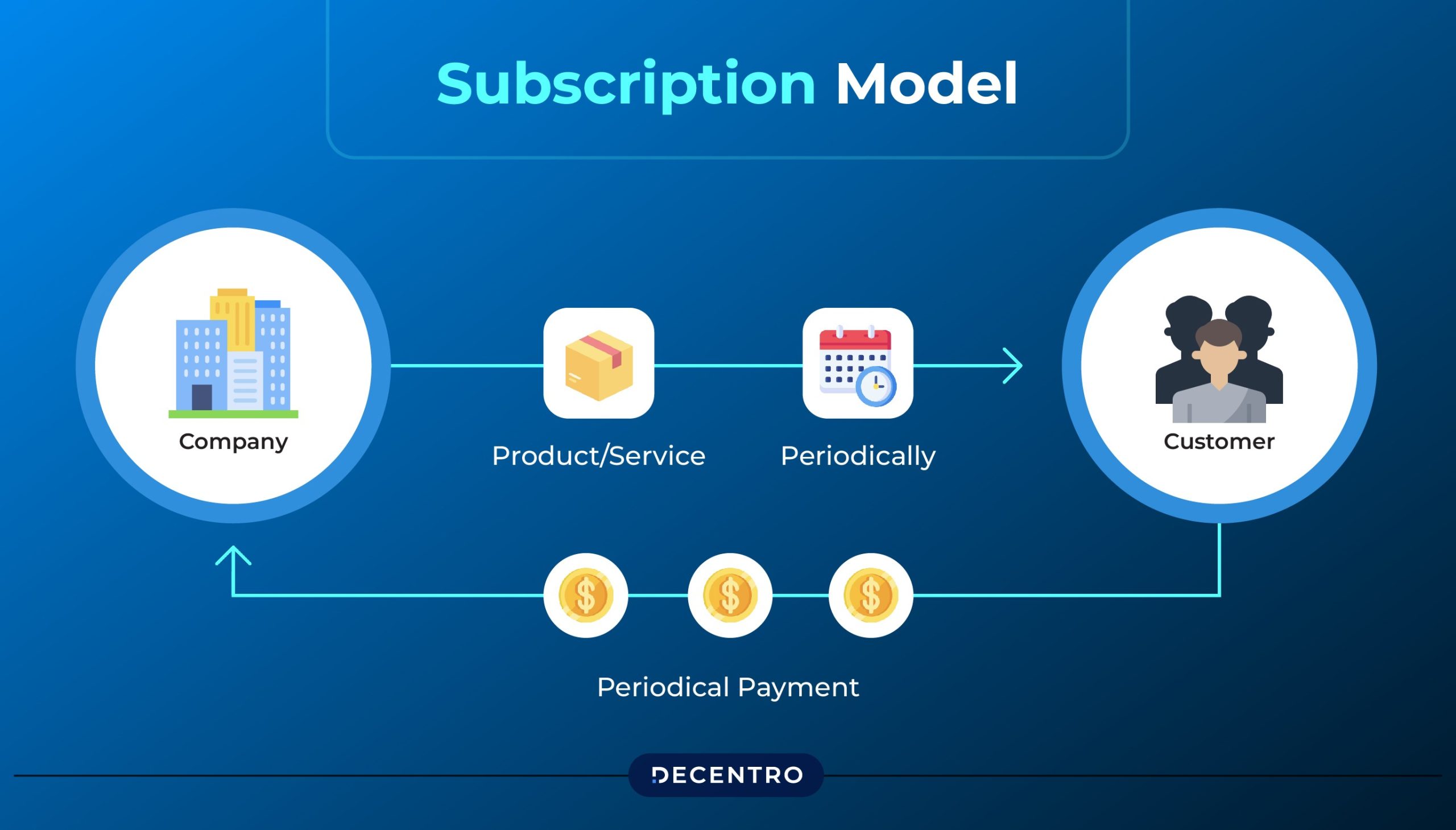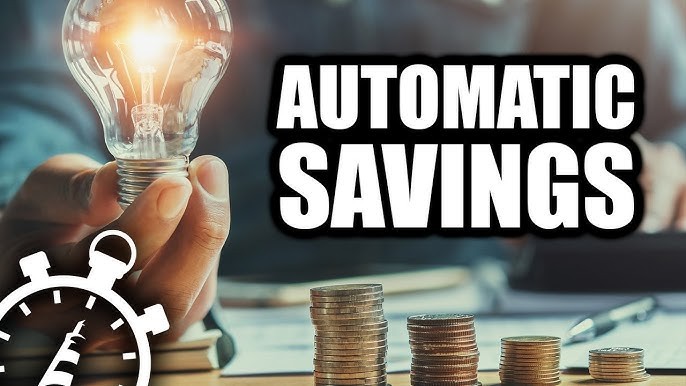In the digital marketplace, promises that sound too good to be true are rightly met with skepticism. The proposition of getting paid to shop, the central premise of cashback websites and applications, certainly falls into this category. It prompts a natural question: where is the catch? The truth, however, is that these platforms are not offering free money, nor are they a scam. Rather, they represent a sophisticated and legitimate evolution of the traditional rebate, powered by the machinery of affiliate marketing. By understanding the straightforward business model behind them and adopting a few simple habits, consumers can strategically reclaim a percentage of their everyday spending, turning a routine expense into a rewarding financial maneuver.
The magic behind cashback platforms is a clear and transparent business transaction in which you, the shopper, are a valued partner. These companies operate as massive referral hubs for thousands of online retailers. When you decide to make a purchase, instead of going directly to the merchant’s website, you first click through a link on the cashback portal. This click places a small tracking file, known as a cookie, in your browser. You then shop on the retailer’s site as you normally would. Upon completion of your purchase, the retailer identifies the referral from the cashback platform via that cookie and pays the platform a commission for sending them a paying customer. This commission is the key. The cashback company then shares a portion of that commission back with you as a cash reward. It’s a symbiotic relationship: the retailer makes a sale, the cashback site earns its commission, and you receive a discount on your purchase.
To leverage this system effectively, the most critical adjustment is a simple change in your shopping workflow. You must always begin your journey at the cashback portal or app. Clicking through their tracking link before you begin shopping is the non-negotiable step that activates the entire process. If you browse a retailer’s site first and then try to activate a cashback offer later, the tracking will likely fail, and you will forfeit the reward. To make this habit effortless, most major platforms, such as Rakuten or the Singapore-based ShopBack, offer browser extensions. These clever add-ons work in the background, automatically detecting when you land on a partner merchant’s site and generating a pop-up reminder to activate the cashback with a single click. This simple tool transforms the process from a manual chore you might forget into a seamless, automated part of your online activity.
The cashback ecosystem has also expanded far beyond desktop shopping. Many platforms now offer robust mobile apps that integrate cashback opportunities into daily life. This can include earning rewards on purchases made within other apps, such as booking travel on Agoda or ordering food delivery. Furthermore, many have ventured into the physical retail space, allowing you to link your credit or debit card to your account. When you use that linked card at a partner restaurant or retail store, the platform automatically recognizes the transaction and credits your account with the corresponding cashback, no clicks or codes required. This evolution bridges the gap between online and offline spending, creating a more holistic savings tool.
For the truly strategic shopper, the real power of cashback lies in the art of “stacking”—the practice of layering multiple discounts and rewards onto a single purchase. Imagine you are buying a new appliance from an online retailer like Lazada or Shopee. You would begin by clicking through your preferred cashback portal to earn a base reward, perhaps 5% of the purchase price. At the retailer’s checkout, you would then apply a promotional voucher or a bank-specific discount code for an additional 10% off. Finally, you would complete the purchase using a rewards credit card that offers its own incentive, such as 3% cashback on all online transactions. In this one transaction, you have successfully stacked three distinct benefits: the portal’s cashback, the retailer’s direct discount, and your credit card’s rewards. This multi-layered approach can turn a modest discount into a substantial saving.
Of course, it is crucial to understand the practical terms of engagement. Cashback is rarely instantaneous. There is typically a pending period, which can last from days to months, while the platform validates your purchase with the merchant to account for any returns or cancellations. Most sites also have a minimum payout threshold, meaning you must accumulate a certain amount, perhaps $10, before you can withdraw your earnings to your bank or PayPal account. It is also wise to check the specific terms for each retailer, as cashback rates can vary by product category. The most significant pitfall, however, is a psychological one: the temptation to make unplanned purchases just to earn a reward. The intelligent user views cashback not as a reason to spend, but as a reward for spending they already planned to do. By integrating this simple, powerful tool into your regular purchasing habits, you are not just shopping; you are executing a sound financial strategy that makes every dollar work a little harder for you.





